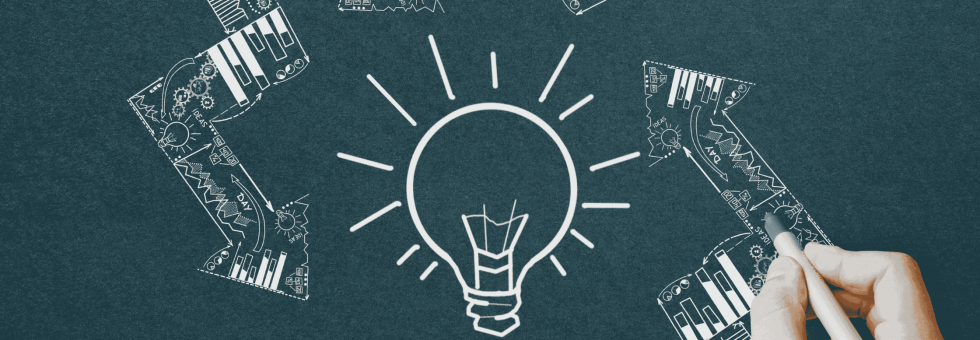Introduction to Knowledge Graphs
A Knowledge Graph is a structured representation of information that organizes data into entities (such as people, places, or things) and the relationships between them. These graphs are crucial for applications that require the understanding of complex interconnections and semantics, such as search engines, recommendation systems, and natural language understanding.
Why are Knowledge Graphs Important?
- Semantic Understanding: They help machines understand the relationships between concepts.
- Data Integration: Knowledge graphs integrate information from multiple sources, enabling rich, comprehensive insights.
- Advanced Search: They enable more efficient and relevant search results by understanding the meaning behind queries, not just the keywords.
In this article, we will explore how to build and query knowledge graphs using AI technologies, focusing on tools like Neo4j and RDF (Resource Description Framework), and demonstrate how AI can be applied to interact with these graphs.
Key Techniques in Knowledge Graphs
- RDF (Resource Description Framework):
- RDF is a specification used to describe relationships between data in a structured way. It uses triples (subject, predicate, object) to represent data. For example, the sentence “Alice knows Bob” can be represented in RDF as:
- Subject: Alice
- Predicate: knows
- Object: Bob
- SPARQL:
- SPARQL is a query language used to query RDF data. It allows users to perform complex queries on data stored in a knowledge graph, extracting useful relationships and patterns. SPARQL queries are essential when working with knowledge graphs to retrieve specific information.
- Graph Databases:
- Graph databases, like Neo4j, are designed to store and process graph-based data. These databases enable efficient storage and querying of entities and their relationships, making them ideal for building and managing knowledge graphs.
Example: Building a Knowledge Graph Using Neo4j
Neo4j is one of the most popular graph databases, and it provides an intuitive way to store and query graph data. Below is an example of how to build and query a simple knowledge graph using Neo4j and Python.
Code Snippet: Building a Knowledge Graph with Neo4j
from py2neo import Graph
# Connect to the Neo4j database (replace with your database credentials)
graph = Graph("bolt://localhost:7687", auth=("neo4j", "password"))
# Create nodes and relationships in the graph
graph.run("CREATE (a:Person {name: 'Alice'})")
graph.run("CREATE (b:Person {name: 'Bob'})")
graph.run("CREATE (a)-[:KNOWS]->(b)")
# Query the graph to find all people known by Alice
result = graph.run("MATCH (a:Person)-[:KNOWS]->(b:Person) WHERE a.name = 'Alice' RETURN b.name").data()
# Print the results
print(result)
Explanation of the Code:
- Connecting to Neo4j:
- The code starts by connecting to a Neo4j instance running locally. Replace
"localhost:7687"and the authentication details with your own Neo4j database’s URL and credentials. - Creating Nodes and Relationships:
graph.run("CREATE (a:Person {name: 'Alice'})")creates a node representing a person named “Alice”.- Similarly, we create another node for “Bob” and a relationship between Alice and Bob using
[:KNOWS]. - Querying the Knowledge Graph:
- The query
MATCH (a:Person)-[:KNOWS]->(b:Person) WHERE a.name = 'Alice' RETURN b.namesearches for all people known by Alice and returns their names. - Displaying Results:
- The
resultvariable holds the result of the query, and it is printed in the form of a dictionary:{'b.name': 'Bob'}.
Conclusion
Knowledge graphs are a powerful tool for representing and querying structured knowledge. They are essential for applications that need to understand relationships between entities, integrate data from diverse sources, and provide intelligent insights. With techniques like RDF, SPARQL, and graph databases such as Neo4j, building and querying knowledge graphs has never been easier.
This article demonstrated how to use Neo4j to create and query a knowledge graph. By utilizing graph databases and AI, organizations can unlock the true potential of their data, enabling more accurate search results, better recommendations, and richer insights.
FAQs
- What is the main difference between graph databases and relational databases?
- Graph databases are designed to handle relationships between entities directly, making them ideal for complex, interconnected data. Relational databases, on the other hand, store data in tables and are better suited for structured, tabular data.
- What are some real-world applications of knowledge graphs?
- Knowledge graphs are used in search engines (e.g., Google Knowledge Graph), recommendation systems (e.g., Netflix, Amazon), and even healthcare for mapping relationships between medical concepts, diseases, and treatments.
- How can AI be applied to knowledge graphs?
- AI can be used to automatically generate and populate knowledge graphs, extract insights from them, and even predict missing relationships based on patterns within the graph. Machine learning models can analyze graph data to make recommendations, detect anomalies, or uncover hidden relationships.
Are you eager to dive into the world of Artificial Intelligence? Start your journey by experimenting with popular AI tools available on www.labasservice.com labs. Whether you’re a beginner looking to learn or an organization seeking to harness the power of AI, our platform provides the resources you need to explore and innovate. If you’re interested in tailored AI solutions for your business, our team is here to help. Reach out to us at [email protected], and let’s collaborate to transform your ideas into impactful AI-driven solutions.





